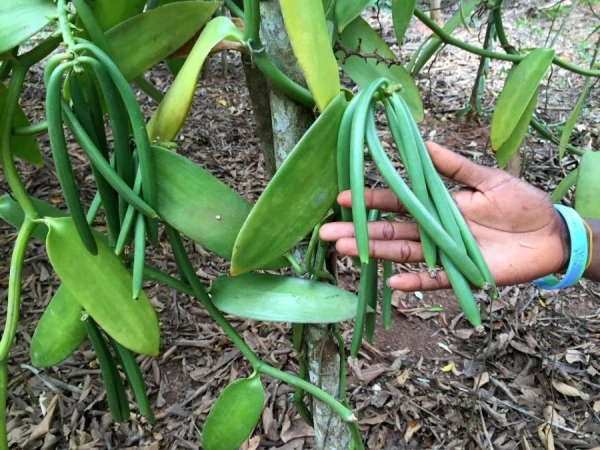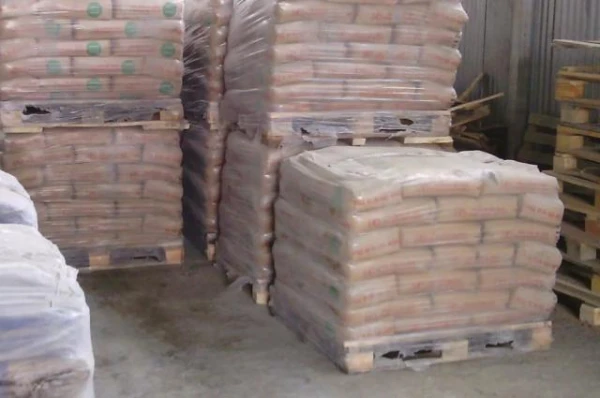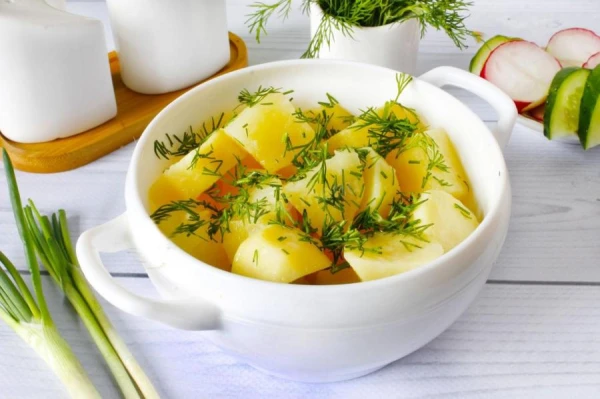
In various countries.
Vanilla is a perennial vine belonging to the orchid family. Its dried and ground fruits are used as the spice of the same name.
The native land of vanilla is Central America. The Mexican peoples, the Totonacs and the Aztecs, have collected it since ancient times and added it to a drink made from the cacao tree, which is now known as cocoa. In the early 16th century, Europeans arriving in Mexico appreciated this spice and began to cultivate it.
Until the mid-19th century, vanilla was produced exclusively in its historical homeland. Although the vine was successfully grown in tropical countries of Asia and Africa, the fruits only ripened in America. Eventually, scientists discovered the reason. It turned out that the plant is pollinated by insects that only inhabit Mexico and neighboring regions. As a result, flowers on plantations began to be pollinated manually using a special brush, which solved the problem of fruit production.
Currently, the main center of vanilla production has shifted to Madagascar. There are also plantations in Sri Lanka, India, Indonesia, and the Seychelles. Natural vanilla is highly priced because its production process is labor-intensive, and the yield is low — only one and a half to two hundredweights per hectare. Therefore, a substitute for the spice — vanillin — was created, which is obtained chemically from lignin.















Leave a comment